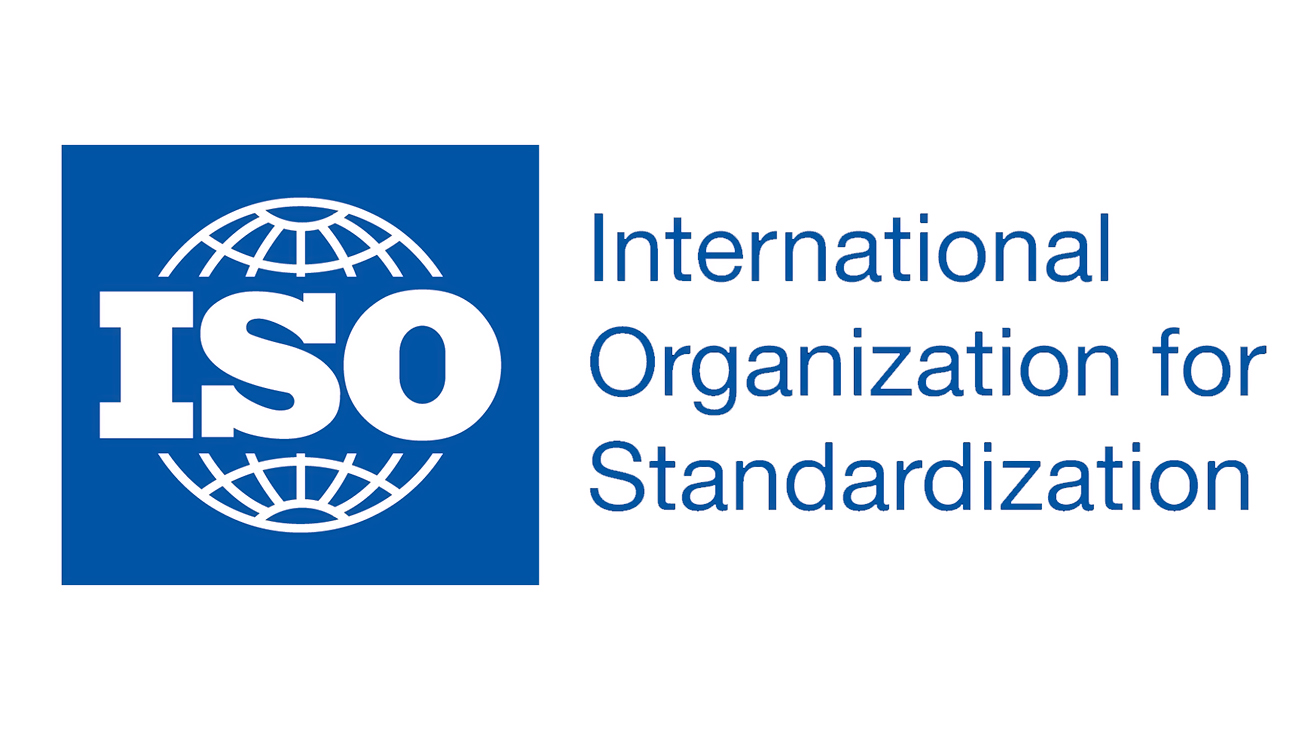International Organization for Standardization

ISO is an independent, non-governmental international organization with a membership of 162 national standards bodies.Through its members, it brings together experts to share knowledge and develop voluntary, consensus-based, market relevant International Standards that support innovation and provide solutions to global challenges.
The ISO is a multinational agency . It was established in 1947 as a worldwide federation of national standards bodies.
The purpose of ISO is to promote harmonization of processing, manufacturing,and quality assurance standards among industrial nations.
What are standards?
International Standards make things work. They give world-class specifications for products, services and systems, to ensure quality, safety and efficiency. They are instrumental in facilitating international trade.
The ISO story began in 1946 when delegates from 25 countries met at the Institute of Civil Engineers in London and decided to create a new international organization ‘to facilitate the international coordination and unification of industrial standards’. On 23 February 1947 the new organization, ISO, officially began operations.
Since then, we have published over 22416 International Standards covering almost all aspects of technology and manufacturing.
Word ISO is derived from the Greek isos, meaning equal.
Inspection
Inspection means the regular checking of a product to make sure it meets specified criteria.
Fire extinguishers, for example, need regular inspections to ensure they are safe for use.
CASCO has developed a number of standards that inspection bodies can follow to help ensure that we can trust their work.
What is conformity assessment?
Undergoing the conformity assessment process has a number of benefits:
- It provides consumers and other stakeholders with added confidence.
- It gives your company a competitive edge.
- It helps regulators ensure that health, safety or environmental conditions are met.
The main forms of conformity assessment are testing, certification, and inspection
ISO does not perform certification, ISO develop International Standards, such as ISO 9001 and ISO 14001, but ISO are not involved in their certification, and do not issue certificates. ISO certification performed by external certification bodies.
When choosing a certification body, you should:
- Evaluate several certification bodies.
- Check if the certification body uses the relevant CASCO standard
- Check if it is accredited. To find an accredited certification body, contact the national accreditation body in your country or visit the International Accreditation Forum.
Displaying your certificate
When labeling a product or system as certified to an ISO standard must be clearly specified which ISO certificate you have like- “ISO 9001:2015 certified” or “ISO 9001:2015 certification” (for example),do not display “ISO certified” or “ISO certification”
Certification – the provision by an independent body of written assurance (a certificate) that the product, service or system in question meets specific requirements.
Accreditation – the formal recognition by an independent body, generally known as an accreditation body, that a certification body operates according to international standards.
CASCO – the ISO committee that develops policy and publishes standards related to conformity assessment.
3 most popular standards, the very broad scope of pharma organization
-
ISO 9001 Family Quality management.
- ISO 14000 family – Environmental management.
- ISO/TC 209 Cleanrooms and associated controlled environments.
ISO 9000 family – Quality management
The ISO 9000 family addresses various aspects of quality management and contains some of ISO’s best known standards. The standards provide guidance and tools for companies and organizations who want to ensure that their products and services consistently meet customer’s requirements, and that quality is consistently improved.
The ISO 9000 series was developed in 1987, finalized in 1990, and reissued in 1994 as a comprehensive set of standards governing the management of quality for all industries. The certification according to ISO 9000 was a seal of excellence proudly displayed by those who had obtained it.
In general, pharmaceutical drug manufacturers already operating under GMP did not expect a marked benefit from being officially ISO 9000 certified. As a commonsense approach to take and combine the best of ISO and GMP, however, the use of a quality management system along the structure proposed by ISO 9000 became accepted practice in the industry. Manufacturers of API, on the other hand, and producers and suppliers of bulk chemicals,
found the idea of getting the ISO 9000 certification quite attractive.
ISO 9001:2015
ISO 9001:2015 sets out the criteria for a quality management system and is the only standard in the family that can be certified to . It can be used by any organization, large or small, regardless of its field of activity. .This standard is based on a number of quality management principles including a strong customer focus, the motivation and implication of top management, the process approach and continual improvement. Using ISO 9001:2015 helps ensure that customers get consistent, good quality products and services, which in turn brings many business benefits.
ISO 14000 family – Environmental management
The ISO 14000 family of standards are developed by ISO Technical Committee ISO/TC 207 and its various subcommittees.
ISO 14001:2015
ISO 14001:2015 sets out the criteria for an environmental management system and can be certified to. It maps out a framework that a company or organization can follow to set up an effective environmental management system.
Using ISO 14001:2015 can provide assurance to company management and employees as well as external stakeholders that environmental impact is being measured and improved
ISO/TC 209 Cleanrooms and associated controlled environments
Standardization for cleanrooms and associated controlled environments for controlling cleanliness, as well as other attributes and characteristics, relating to facilities, sustainability, equipment, processes and operations.
 Loading...
Loading...
Thank you for visit and for more pharma updates click here – https://pharmaguidances.com

